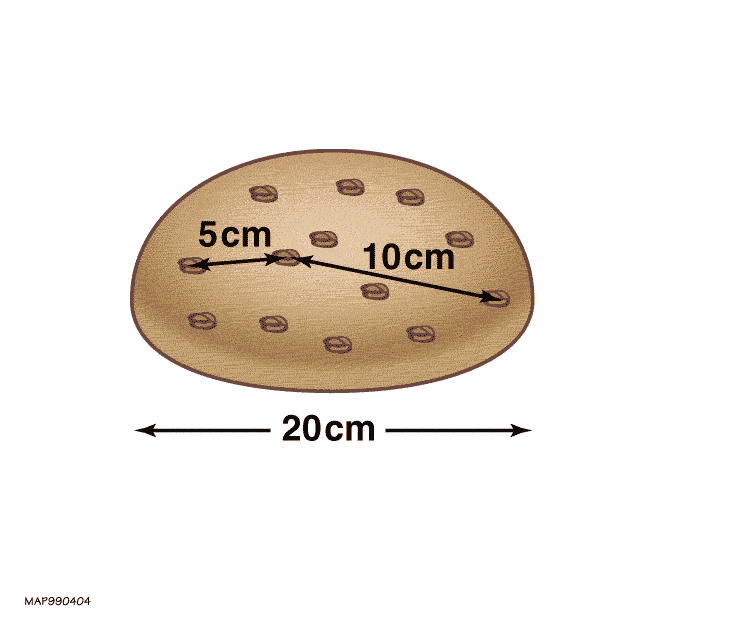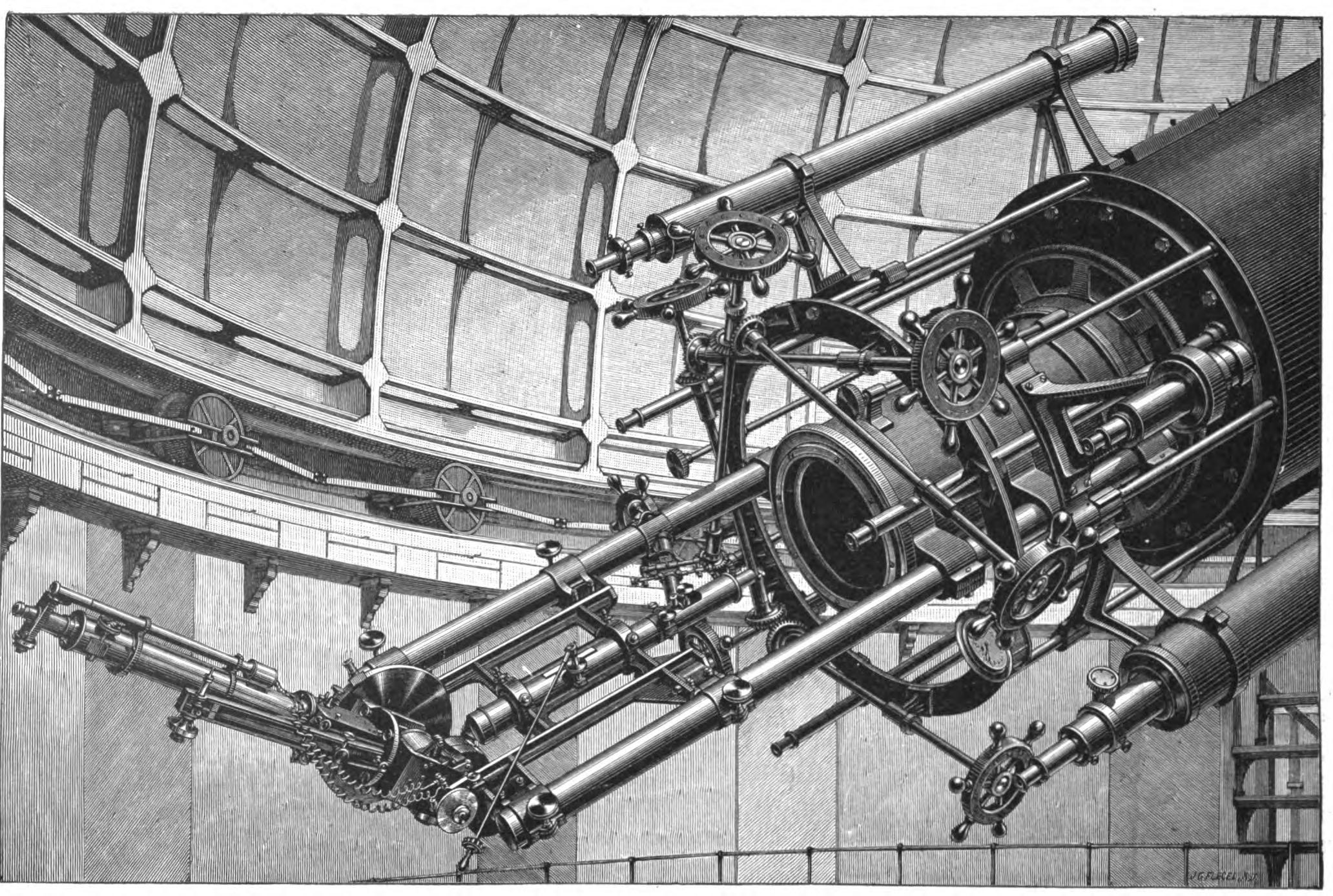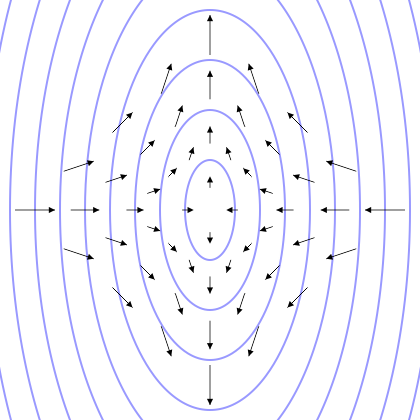|
Redshift
In physics, a redshift is an increase in the wavelength, and corresponding decrease in the frequency and photon energy, of electromagnetic radiation (such as light). The opposite change, a decrease in wavelength and increase in frequency and energy, is known as a #Blueshift, blueshift. The terms derive from the colours red and blue which form the extremes of the Visible spectrum, visible light spectrum. Three forms of redshift occur in astronomy and cosmology: Doppler effect, Doppler redshifts due to the relative motions of radiation sources, gravitational redshift as radiation escapes from gravitational potentials, and cosmological redshifts of all light sources proportional to their distances from Earth, a fact known as Hubble's law that implies the expansion of the universe, universe is expanding. All redshifts can be understood under the umbrella of Frame of reference, frame transformation laws. Gravitational waves, which also travel at Speed of light, the speed of light, a ... [...More Info...] [...Related Items...] OR: [Wikipedia] [Google] [Baidu] |
Gravitational Redshift
In physics and general relativity, gravitational redshift (known as Einstein shift in older literature) is the phenomenon that electromagnetic waves or photons travelling out of a gravitational well lose energy. This loss of energy corresponds to a decrease in the wave frequency and increase in the wavelength, known more generally as a ''redshift''. The opposite effect, in which photons gain energy when travelling into a gravitational well, is known as a gravitational blueshift (a type of '' blueshift''). The effect was first described by Einstein in 1907, eight years before his publication of the full theory of relativity. Gravitational redshift can be interpreted as a consequence of the equivalence principle (that gravitational effects are locally equivalent to inertial effects and the redshift is caused by the Doppler effect) or as a consequence of the mass–energy equivalence and conservation of energy ('falling' photons gain energy), though there are numerous subtle ... [...More Info...] [...Related Items...] OR: [Wikipedia] [Google] [Baidu] |
Hubble's Law
Hubble's law, also known as the Hubble–Lemaître law, is the observation in physical cosmology that galaxies are moving away from Earth at speeds proportional to their distance. In other words, the farther a galaxy is from the Earth, the faster it moves away. A galaxy's recessional velocity is typically determined by measuring its redshift, a shift in the frequency of light emitted by the galaxy. The discovery of Hubble's law is attributed to work published by Edwin Hubble in 1929, but the notion of the universe expanding at a calculable rate was first derived from general relativity equations in 1922 by Alexander Friedmann. The Friedmann equations showed the universe might be expanding, and presented the expansion speed if that were the case. Before Hubble, astronomer Carl Wilhelm Wirtz had, in 1922 and 1924, deduced with his own data that galaxies that appeared smaller and dimmer had larger redshifts and thus that more distant galaxies recede faster from the observer. In ... [...More Info...] [...Related Items...] OR: [Wikipedia] [Google] [Baidu] |
Cosmological Redshift
Hubble's law, also known as the Hubble–Lemaître law, is the observation in physical cosmology that galaxies are moving away from Earth at speeds proportional to their distance. In other words, the farther a galaxy is from the Earth, the faster it moves away. A galaxy's recessional velocity is typically determined by measuring its redshift, a shift in the frequency of light emitted by the galaxy. The discovery of Hubble's law is attributed to work published by Edwin Hubble in 1929, but the notion of the universe expanding at a calculable rate was first derived from general relativity equations in 1922 by Alexander Friedmann. The Friedmann equations showed the universe might be expanding, and presented the expansion speed if that were the case. Before Hubble, astronomer Carl Wilhelm Wirtz had, in 1922 and 1924, deduced with his own data that galaxies that appeared smaller and dimmer had larger redshifts and thus that more distant galaxies recede faster from the observer. In 19 ... [...More Info...] [...Related Items...] OR: [Wikipedia] [Google] [Baidu] |
Big Bang
The Big Bang is a physical theory that describes how the universe expanded from an initial state of high density and temperature. Various cosmological models based on the Big Bang concept explain a broad range of phenomena, including the abundance of light elements, the cosmic microwave background (CMB) radiation, and large-scale structure. The uniformity of the universe, known as the horizon and flatness problems, is explained through cosmic inflation: a phase of accelerated expansion during the earliest stages. A wide range of empirical evidence strongly favors the Big Bang event, which is now essentially universally accepted.: "At the same time that observations tipped the balance definitely in favor of the relativistic big-bang theory, ..." Detailed measurements of the expansion rate of the universe place the Big Bang singularity at an estimated billion years ago, which is considered the age of the universe. Extrapolating this cosmic expansion backward in ... [...More Info...] [...Related Items...] OR: [Wikipedia] [Google] [Baidu] |
Astronomical Spectroscopy
Astronomical spectroscopy is the study of astronomy using the techniques of spectroscopy to measure the electromagnetic spectrum, spectrum of electromagnetic radiation, including Visible light astronomy, visible light, Ultraviolet astronomy, ultraviolet, X-ray astronomy, X-ray, Infrared astronomy, infrared and Radio astronomy, radio waves that radiant energy, radiate from stars and other celestial objects. A stellar spectrum can reveal many properties of stars, such as their chemical composition, temperature, density, mass, distance and luminosity. Spectroscopy can show the velocity of motion towards or away from the observer by measuring the Doppler effect, Doppler shift. Spectroscopy is also used to study the physical properties of many other types of celestial objects such as planets, nebulae, Galaxy, galaxies, and Active galactic nucleus, active galactic nuclei. Background Astronomical spectroscopy is used to measure three major bands of radiation in the electromagnetic spe ... [...More Info...] [...Related Items...] OR: [Wikipedia] [Google] [Baidu] |
Cosmic Microwave Background
The cosmic microwave background (CMB, CMBR), or relic radiation, is microwave radiation that fills all space in the observable universe. With a standard optical telescope, the background space between stars and galaxies is almost completely dark. However, a sufficiently sensitive radio telescope detects a faint background glow that is almost isotropic, uniform and is not associated with any star, galaxy, or other astronomical object, object. This glow is strongest in the microwave region of the electromagnetic spectrum. The accidental Discovery of cosmic microwave background radiation, discovery of the CMB in 1965 by American radio astronomers Arno Allan Penzias and Robert Woodrow Wilson was the culmination of work initiated in the 1940s. The CMB is landmark evidence of the Big Bang scientific theory, theory for the origin of the universe. In the Big Bang cosmological models, during the earliest periods, the universe was filled with an Opacity (optics), opaque fog of dense, hot ... [...More Info...] [...Related Items...] OR: [Wikipedia] [Google] [Baidu] |
Expansion Of The Universe
The expansion of the universe is the increase in proper length, distance between Gravitational binding energy, gravitationally unbound parts of the observable universe with time. It is an intrinsic and extrinsic properties (philosophy), intrinsic expansion, so it does not mean that the universe expands "into" anything or that space exists "outside" it. To any observer in the universe, it appears that all but Local Group, the nearest galaxies (which are bound to each other by gravity) move away at Hubble's law, speeds that are proportional to their distance from the observer, on average. While objects cannot move Faster-than-light, faster than light, this limitation applies only with respect to Principle of locality, local reference frames and does not limit the recession rates of cosmologically distant objects. Cosmic expansion is a key feature of Big Bang cosmology. It can be modeled mathematically with the Friedmann–Lemaître–Robertson–Walker metric (FLRW), where it corr ... [...More Info...] [...Related Items...] OR: [Wikipedia] [Google] [Baidu] |
Doppler Effect
The Doppler effect (also Doppler shift) is the change in the frequency of a wave in relation to an observer who is moving relative to the source of the wave. The ''Doppler effect'' is named after the physicist Christian Doppler, who described the phenomenon in 1842. A common example of Doppler shift is the change of pitch heard when a vehicle sounding a horn approaches and recedes from an observer. Compared to the emitted frequency, the received frequency is higher during the approach, identical at the instant of passing by, and lower during the recession. When the source of the sound wave is moving towards the observer, each successive cycle of the wave is emitted from a position closer to the observer than the previous cycle. Hence, from the observer's perspective, the time between cycles is reduced, meaning the frequency is increased. Conversely, if the source of the sound wave is moving away from the observer, each cycle of the wave is emitted from a position farther from ... [...More Info...] [...Related Items...] OR: [Wikipedia] [Google] [Baidu] |
Gravitational Wave
Gravitational waves are oscillations of the gravitational field that Wave propagation, travel through space at the speed of light; they are generated by the relative motion of gravity, gravitating masses. They were proposed by Oliver Heaviside in 1893 and then later by Henri Poincaré in 1905 as the gravitational equivalent of Electromagnetic radiation, electromagnetic waves. In 1916, Albert Einstein demonstrated that gravitational waves result from his general theory of relativity as ripples in spacetime. Gravitational waves transport energy as gravitational radiation, a form of radiant energy similar to electromagnetic radiation. Newton's law of universal gravitation, part of classical mechanics, does not provide for their existence, instead asserting that gravity has instantaneous effect everywhere. Gravitational waves therefore stand as an important relativistic phenomenon that is absent from Newtonian physics. Gravitational-wave astronomy has the advantage that, unlike elec ... [...More Info...] [...Related Items...] OR: [Wikipedia] [Google] [Baidu] |
Cosmology
Cosmology () is a branch of physics and metaphysics dealing with the nature of the universe, the cosmos. The term ''cosmology'' was first used in English in 1656 in Thomas Blount's ''Glossographia'', with the meaning of "a speaking of the world". In 1731, German philosopher Christian Wolff used the term cosmology in Latin (''cosmologia'') to denote a branch of metaphysics that deals with the general nature of the physical world. Religious or mythological cosmology is a body of beliefs based on mythological, religious, and esoteric literature and traditions of creation myths and eschatology. In the science of astronomy, cosmology is concerned with the study of the chronology of the universe. Physical cosmology is the study of the observable universe's origin, its large-scale structures and dynamics, and the ultimate fate of the universe, including the laws of science that govern these areas. It is investigated by scientists, including astronomers and physicists, a ... [...More Info...] [...Related Items...] OR: [Wikipedia] [Google] [Baidu] |







